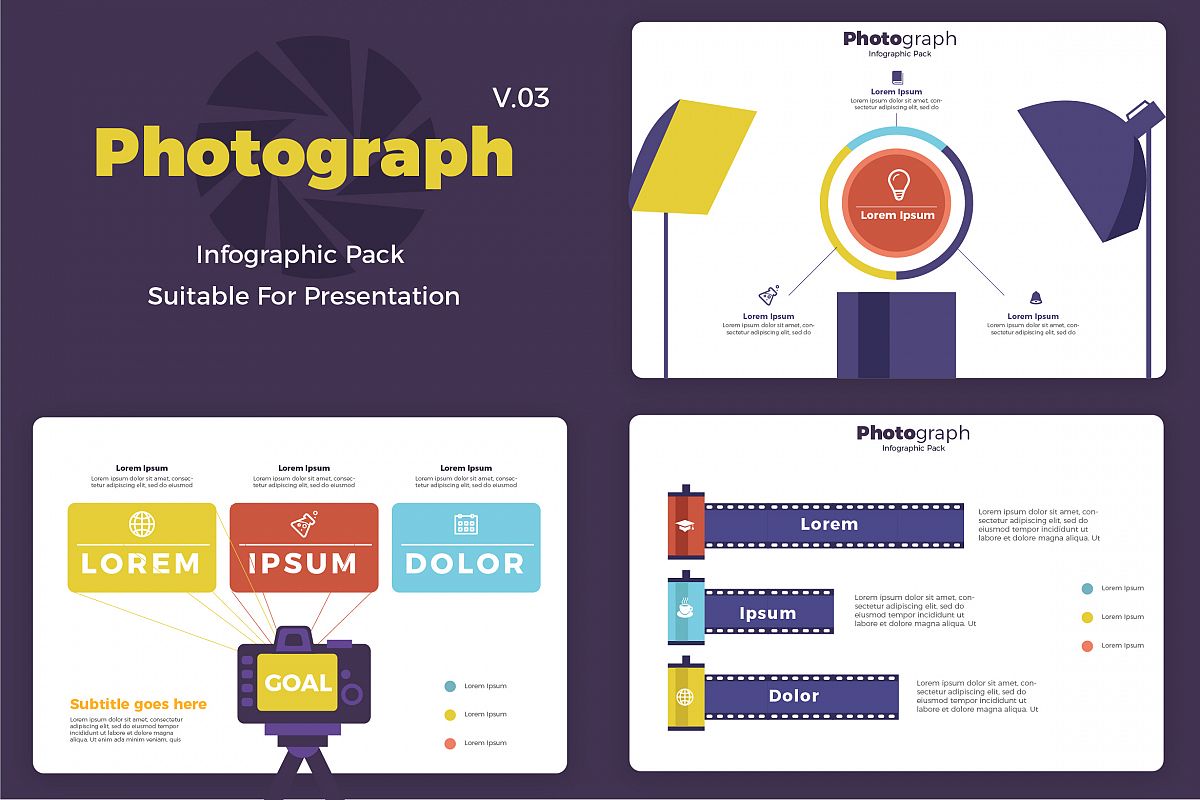Photography Tips For Beginners: Understanding Your Electronic Camera Quickly
Photography Tips For Beginners: Understanding Your Electronic Camera Quickly
Blog Article
Post Produced By-Weber Fuentes
When you initially pick up your electronic camera, it can really feel frustrating with all the setups and alternatives readily available. You may find yourself asking yourself how to navigate aperture, shutter rate, and ISO effectively. Grasping these basics is crucial, yet there's even more to digital photography than simply technical knowledge. Understanding structure techniques and lights problems can raise your photos significantly. So, suppose you could find out basic methods to boost your abilities and begin recording excellent images faster than you assume? Let's check out just how to change your digital photography journey.
Understanding Video Camera Setups
Recognizing your cam setups is vital for capturing magnificent pictures. When you pick up your cam, acquaint yourself with the three primary setups: aperture, shutter speed, and ISO. Each plays an important role in exactly how your photos turn out.
Begin with aperture, which manages the quantity of light getting in the lens. A broader aperture (lower f-number) lets in extra light and develops a lovely background blur, best for pictures. Alternatively, a narrower aperture (higher f-number) maintains more of the scene in emphasis, ideal for landscapes.
Next, concentrate on shutter speed. This setting figures out how long your electronic camera's sensor is subjected to light. mouse click the following post up motion, which is fantastic for activity shots, while a slow-moving shutter rate can create sensational impacts like smooth water in landscapes.
Finally, adjust your ISO. Read A lot more influences your video camera's sensitivity to light. A greater ISO serves in low-light circumstances yet can present noise or grain. Go for the lowest ISO feasible while still attaining correct direct exposure.
Structure Strategies
When you're out capturing, structure can make all the difference in exactly how your images reverberate with customers. Beginning by using the rule of thirds; imagine your frame split right into nine equal areas with 2 straight and 2 vertical lines. Setting crucial elements along these lines or at their junctions to produce equilibrium and interest.
Next off, think about leading lines. These natural lines in your scene, like roadways or rivers, attract the audience's eye into the photo, assisting them with the tale you're informing.
Do not forget framing; usage elements within your scene, like trees or home windows, to create a structure around your subject, including depth and emphasis.
Additionally, watch on your history. A messy history can sidetrack from your primary topic, while a simple one aids it stand out.
Lastly, explore balance and patterns; they can produce a striking image that records focus.
Learning Lighting Issues
Grasping illumination problems is important for catching spectacular pictures, as the best light can change a common scene into something phenomenal.
Beginning by observing all-natural light at different times of the day. Mornings and late afternoons use the best light, called the golden hour. The soft, warm tones during these times can enhance your photos perfectly.
Do not avoid overcast days either; diffused light can minimize harsh darkness and produce a pleasing impact, specifically for portraits.
Explore backlighting by placing your topic versus the light. http://wsbt.com/news/local/niles-photographer-gives-graduating-seniors-something-to-smile-about-free-portraits can develop a fanciful halo result and include depth to your photos.
Pay attention to your cam setups as well. Change http://marvin42fae.booklikes.com/post/6569679/open-your-mind-to-a-world-of-cutting-edge-digital-photography-ideas-that-test-conventions-and-inspire-creative-thinking-exposing-a-brand-new-dimension-of-your-imaginative-vision , aperture, and shutter speed to fit the lighting conditions. A higher ISO can help in reduced light, however be cautious of grain.
Make use of a tripod in darker atmospheres to avoid blur.
Finally, don't fail to remember artificial lighting. Flash and constant lights can be great devices for regulating light in difficult conditions.
Conclusion
In conclusion, mastering your cam doesn't have to be frustrating. By recognizing your settings, using composition methods, and harnessing the power of natural light, you'll promptly elevate your photography abilities. Bear in mind, practice makes excellent, so go out there and trying out your newly found understanding. With time and commitment, you'll be catching stunning images that reflect your special viewpoint. Take pleasure in the journey, and do not neglect to have fun while you're at it!
